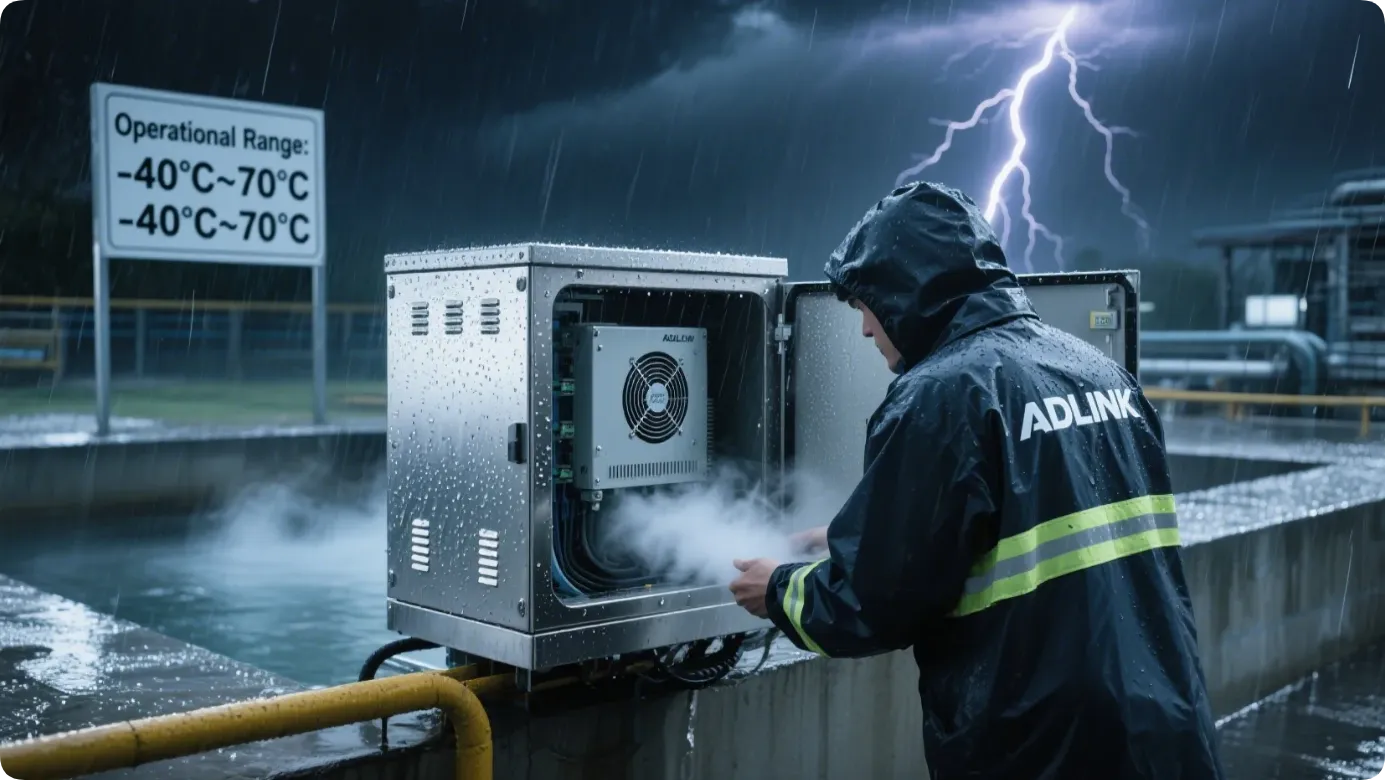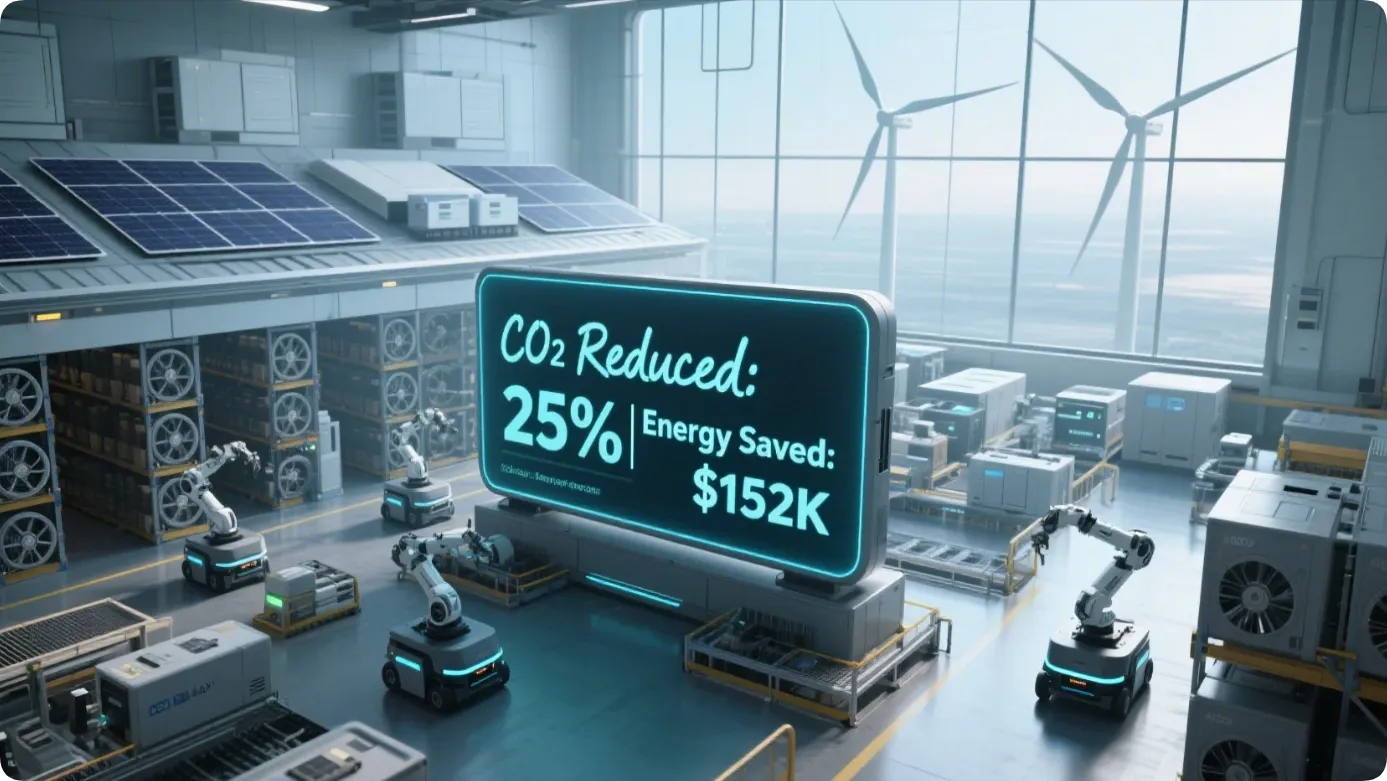The industrial sector is witnessing a paradigm shift as manufacturers increasingly adopt fanless industrial PCs to address operational inefficiencies, energy waste, and maintenance headaches. By eliminating mechanical fans and leveraging advanced passive cooling technologies, these rugged systems are proven to reduce cooling-related expenses by up to 40% while enhancing reliability in harsh environments. From automotive assembly lines to chemical plants, the financial and operational benefits of fanless designs are reshaping industrial automation. Let’s explore how this innovation achieves such dramatic cost savings and why it’s becoming indispensable for Industry 4.0.
Traditional industrial PCs rely on active cooling systems with fans to dissipate heat. While effective in controlled environments, these systems face critical challenges:
Energy Consumption: Fans consume additional power, increasing electricity bills.
Maintenance Overheads: Dust accumulation clogs fan blades, necessitating frequent cleaning or replacements.
Downtime Risks: Fan failures lead to overheating, causing unplanned downtime and production losses.
For example, in high-dust environments like metalworking facilities, fans act as "dust collectors," accelerating component degradation and raising failure rates by 30%. The cost of replacing fans, repairing heat-damaged parts, and addressing downtime often exceeds the initial savings from cheaper fan-cooled systems.
Passive Cooling Architectures
Fanless industrial PCs eliminate moving parts by using heat pipes, aluminum alloy chassis, and thermal interface materials to dissipate heat. For instance, the Enhance 7660B fanless power supply features a custom aluminum shell with embedded heat pipes, achieving 600W stable output without fans. This design reduces energy waste and eliminates fan-related maintenance. Similarly, Beckhoff’s C6027 Ultra-Compact IPC uses a zinc-aluminum die-cast enclosure and side-mounted heatsinks to passively cool Intel® Core™ i U-series processors, operating reliably at 0–50°C.
Energy Efficiency Gains
Fanless systems often integrate energy-efficient components like 80Plus Platinum-certified power supplies and low-TDP processors. For example, the Enhance 7660B achieves 94% power conversion efficiency, minimizing heat generation and reducing the need for active cooling. Combined with fanless operation, this can lower a factory’s total energy consumption by 15–20%, directly contributing to the 40% cooling cost reduction.
Reduced Maintenance and Downtime
By removing fans, manufacturers eliminate a common failure point. ADLINK’s Matrix series fanless PCs, designed for extreme environments, report 50% fewer maintenance interventions compared to fan-cooled systems in chemical plants. This translates to fewer technician visits, lower spare parts inventories, and uninterrupted production cycles.
Automotive Manufacturing
A Tier-1 automotive supplier replaced fan-cooled PCs with Beckhoff’s C6027 in its welding robots. The fanless design reduced annual cooling costs by $12,000 per assembly line (42% savings) by eliminating HVAC adjustments previously needed to counteract fan heat exhaust. Additionally, downtime from fan failures dropped by 75%.
Wastewater Treatment
A smart plant deploying ADLINK’s fanless PCs for edge AI monitoring cut energy costs by 38%. The systems’ passive cooling allowed deployment in outdoor enclosures without air conditioning, avoiding $8,000/month in cooling infrastructure expenses.
Electronics Assembly
A flexible circuit board manufacturer using Enhance’s fanless power supplies reported a 40% reduction in cooling-related OPEX. The sealed aluminum enclosures prevented dust ingress, extending equipment lifespan by 3 years.

Advanced Thermal Materials
Heat Pipes: Efficiently transfer heat from CPUs to chassis surfaces. The Enhance 7660B uses copper heat pipes to distribute heat across its aluminum shell, maintaining safe temperatures even at 600W loads.
Thermal Interface Pads: Improve conductivity between components and heatsinks. Neousys’ POC-40 Series employs graphene-enhanced pads to handle -40°C to 70°C extremes.
Ruggedized Designs.
IP65/MIL-STD-810H Compliance: Protects against dust, moisture, and vibrations. ADLINK’s Matrix PCs withstand corrosive atmospheres in oil refineries, eliminating the need for climate-controlled cabinets.
Wide Voltage Input (9–36V DC): Reduces power supply complexity and heat generation, as seen in Nexcom’s NISE 2110 fanless IPC.
Edge AI Integration
Modern fanless PCs leverage local AI inference to optimize processes without cloud dependency. For example, Beckhoff’s C6027 supports edge-based predictive maintenance models, reducing data center cooling costs by processing analytics on-device.
Despite their benefits, fanless industrial PCs face skepticism:
Thermal Performance Myths: Critics argue passive cooling cannot handle high-performance CPUs. However, solutions like ADLINK’s NVIDIA® Quadro GPU-equipped systems disprove this, delivering 170W TDP support in fanless configurations.
Upfront Costs: Fanless IPCs may cost 20–30% more initially, but the ROI is clear. A pharmaceutical plant recouped its investment in 14 months through energy savings and reduced downtime.
Legacy System Integration: Middleware like EtherCAT P enables seamless communication between fanless PCs and older PLCs, minimizing retrofit costs.

Fanless technology aligns with global sustainability goals:
Carbon Footprint Reduction: Lower energy use and longer lifespans cut e-waste. Intel’s vPro platforms in fanless PCs enable smart energy management, slashing factory CO2 emissions by 25%.
5G and Autonomous Systems: Fanless edge clusters with cellular connectivity (e.g., Thundercomm’s IoT gateways) will enable real-time coordination of autonomous robots in warehouses, further reducing cooling demands.
The 40% cooling cost reduction achieved by fanless industrial PCs is not just a statistic—it’s a testament to the synergy of rugged engineering and smart thermal management. By eliminating fans, manufacturers gain a trifecta of benefits: lower energy bills, reduced downtime, and compliance with sustainability mandates. As innovators like Beckhoff, ADLINK, and Enhance push the boundaries of passive cooling, fanless IPCs are poised to become the backbone of next-gen smart factories. For industries lagging in adoption, the question isn’t if to transition, but how fast they can do so to stay competitive.
At BVS, we specialize in developing and manufacturing high-performance industrial embedded computers. Our product range includes rugged embedded box PCs, fanless industrial computers, and custom embedded solutions designed for various industries. We focus on creating reliable, high-performance systems that withstand harsh industrial environments. Our embedded PCs feature industrial-grade components and advanced thermal management systems, ensuring consistent performance in challenging conditions. Whether it's a compact embedded PC for space-constrained applications or a powerful industrial computer for complex data processing tasks, we have the expertise to deliver tailored solutions that meet the unique requirements of real-time data processing in industrial settings.

Click to confirm
Cancel